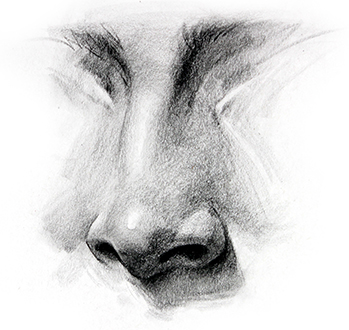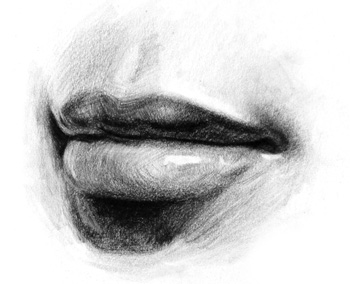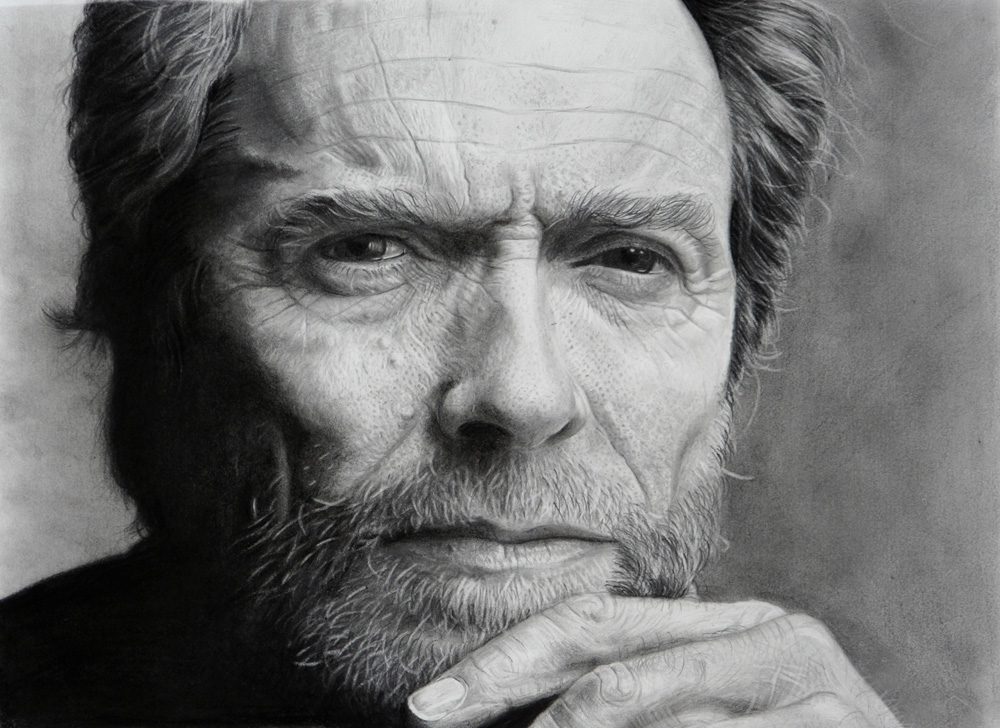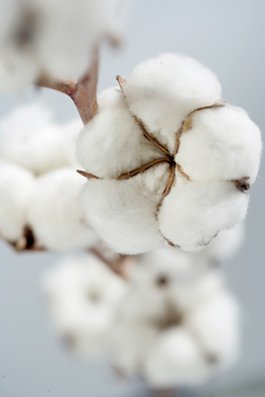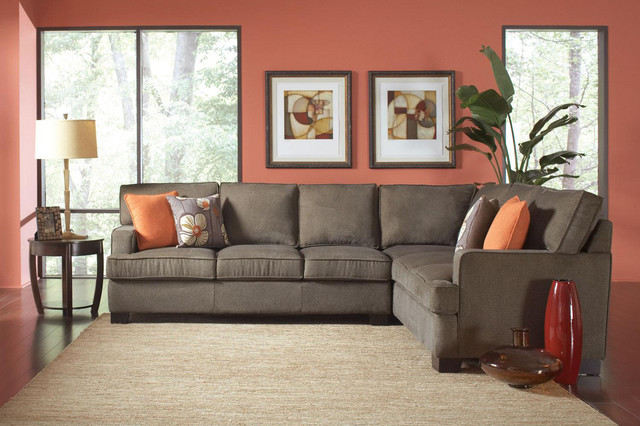On Friday the 7th of March, our Space & Mat class was held on W 50th st at a wicked cool materials resource display called Material Connexion. Relative to our previous assignment, in which we were instructed to research three every-day materials in depth, here we were to explore the many innovative and multi-dimensional materials and select three that depict similar qualities, aesthetics and overall practicality of the items we had chosen.
1. 100% natural rubber sheets – The Rubber Band

This is a newly selected item of mine, after i discovered the extreme limitations of the bobby pin. Combined with what i discovered at M.C, rubber has an immense elasticity and therefore flexibility which i feel will drastically help in the radical manipulation of it original form.
Material number 6414-01 is a 100% natural rubber sheets with high elasticity were the displayed sheets are highly flexible for wrapping around stainless steel frames and exhibit good colour fastness for indoor lights. Two sizes are available 40 x 40 x 0.12 in (100 x 100 x 0.3 cm) with a weight of 2 lb (800 g) and 47.2 x 47.2 x 0.12 in (120 x 120 x 0.3 cm) with a weight of 3 lb (1300 g). The differences in weight relate to specific applications requiring greater tensile strength for load bearing uses in seating elements. There are currently nine colors available: black, green, yellow, purple, pink, red, orange, blue and brown. Patterns and colors are also customizable. Applications include interior design and furniture elements.
The characteristics of this material has inspired my experimental satches, where i’m going to in three various ways connect the various rubber bands in order to make a flexible and durable ‘sheet’ of rubber with which i can then bend, cut, and morph into an egg like figure.
2. Popcorn – Microfibre Cloth
Bua Bhat Factory Ltd.
MC# 7168-01Category: Naturals

Hand crafted three-dimensional cotton textiles from waste fabric. Small spiral tubes of knitted fabric are stitched onto a woven base cloth, creating a vertical pile with a tufted effect. The textured surface is comprised of cotton fabric scrap from textile factories, creating new products from waste materials. The finished product is highly dye-fast and compatible with machine washing. The scrap fabrics are boiled to remove dirt and chemical impurities then dyed with azo-free dyestuff to the desired color. The dying is intentionally non-uniform and due to the variety of textiles incorporated the degree of dye pick-up is also irregular, creating unique patterns of color density and color absence. The textile is cut into strips, which due to the knit construction curl into spiral tubes, and sewn onto the base fabric. Local village women in northern Thailand do the dying and stitching. The textile varies in thickness, but remains at an average pile depth of 1.5 cm (0.59 in), the width, length and shape of the final product are fully customizable. Additionally, color and design can be customized with specific dye colors, and with multi-color patterning. Applications include home décor, carpets, pillowcases, upholstery, and apparel.
In relation to the micro fibre cloth, i was inspired by the ‘Popcorn’ and the manipulation of the cotton cloth to create spiral, rose- like figures, ultimately achieved by sewing multiple layers of the cloth onto one flat piece. This variation will be one of the three of my experimental swatches, along with weaving and padding techniques.
3. Xylatex – Cotton Pads
While this material doesn’t entirely replica my chosen material of cotton pads, having similar qualities this gave a great visual representation of the physical qualities and visual aesthetic of cotton pads. Both being soft, yet sturdy, the multi-layering of the material allows for a large extent of stretching, pulling and weaving, which is ultimately how i will achieve my transformation.

MC# 6381-01 suggests a series of decorative panels with individual structures that are laminated with 100% newwool felt. The felt is applied on all sides around the panel edges and has a regulating effect on the indoor climate, odors and room acoustics. Due to their surface texture, the light and shadow effects off the panels strongly depend on the viewing position. The weight, fire rating, and acoustic properties of the carrier panel material can be customized to comply with the demands of the panels. The felt layer is available in a weight of 240 g/m² in 34 standard colors. Thicker layers are available on request. Custom colors are available with a minimum order of 200 running meters. The maximal panel size is 118 x 47 in (3000 x 1200 mm). The product is also offered as completely assembled wall paneling and as partition wall panel. In addition, special acoustic panels for wall and ceiling coverings are in development. Applications are for high end interior design and furniture construction.



